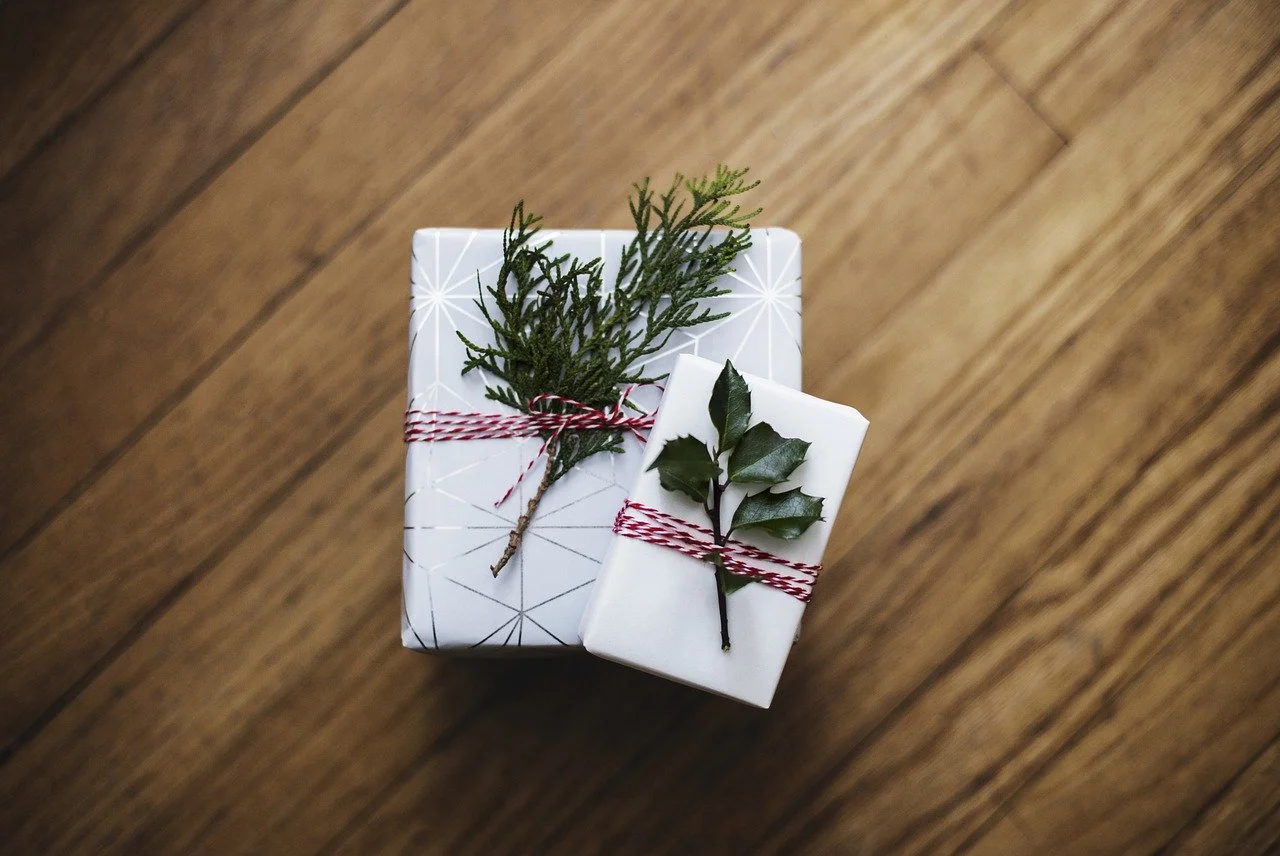I recently heard that a friend of a friend had decided to retrain as an architect at the age of 40, having worked sales until that point. The friend who told me was initially shocked (what on earth is he thinking?!) but then admitted she was also in awe of this man’s courage to begin a new career and leap into the unknown.
The “rules” around working life have changed hugely in the last few decades, and this friend’s story is becoming more and more common. There’s no rule saying you have to change careers, and many people won’t, but there are now fewer barriers to making a change if you realise your current career path is not making you happy.
One of my favourite of these stories is that of a 56 year old British woman who felt exhausted and burned out after decades of working as a journalist and decided to retrain as a teacher. She then founded an organisation to help other people in their 40s and 50s do the same, aiming to allow people to change their lives mid-career, and also combat a shortage of teachers.
An article in the Irish Times about other people making similar changes recently caught my eye, making the point again that such “encore careers” are becoming more and more common. One of the people featured was a 47-year-old man from Dublin who left a 20-year career in insurance, trained as a chef, appeared on Masterchef Ireland and then worked in a few restaurants before deciding it wasn’t for him and training as a pilot, with the goal of working for commercial airlines.
He makes the point that “switching lanes” in your 40s is difficult, especially financially. You also find yourself being managed by people younger than you, and have to start again from the beginning despite your depth of experience in another field. But a quote from this man stood out: “The way I see it, I still have 20 years of work still left in me. There are other currencies in life other than money.”
It is still true that many people need to stay in certain jobs or certain careers for financial reasons, or in order to support families, regardless of how much satisfaction this job brings. But for some the biggest barrier to making a change might simply be fear of leaping into the unknown – often a well-founded fear, but not always one worth listening to.










